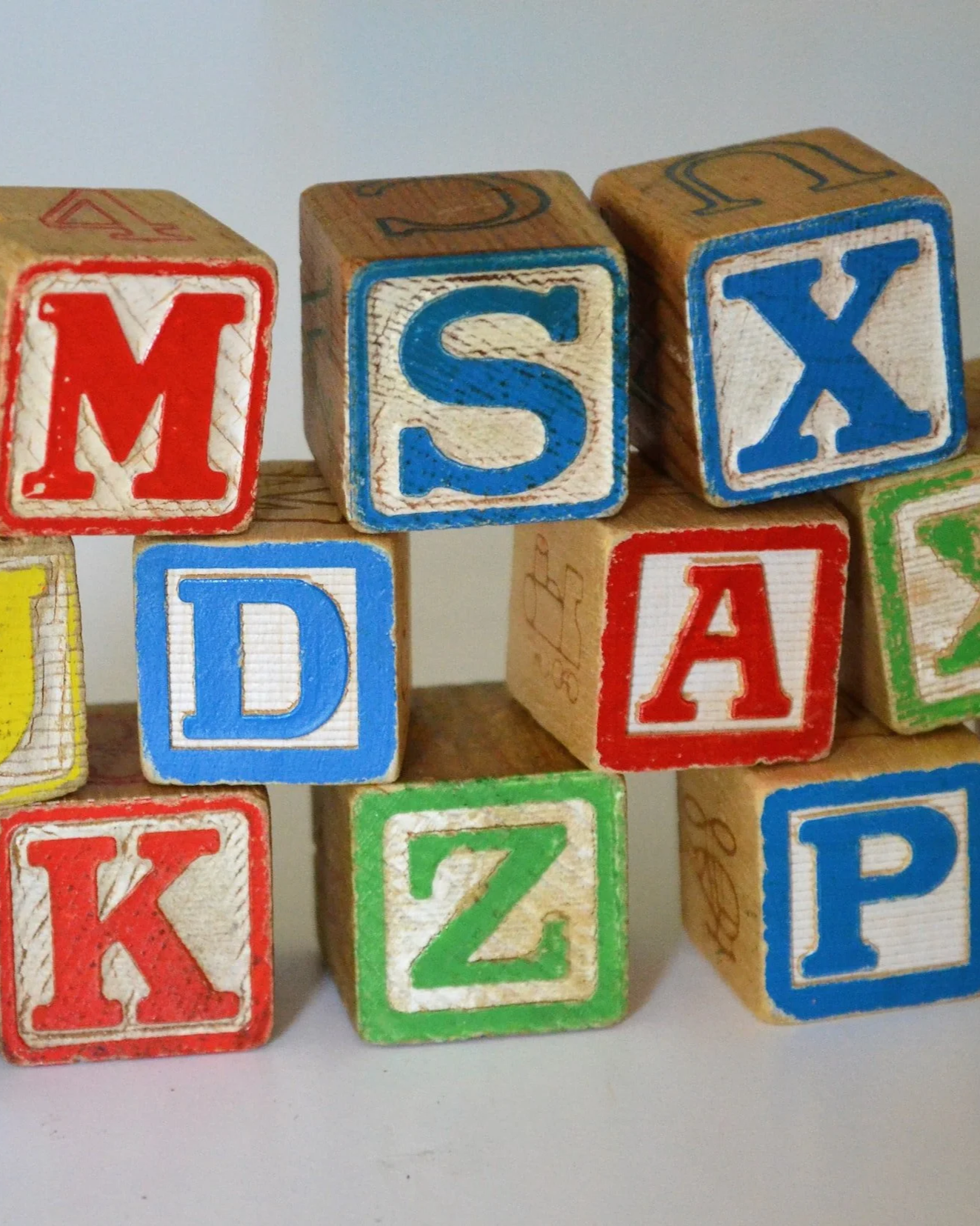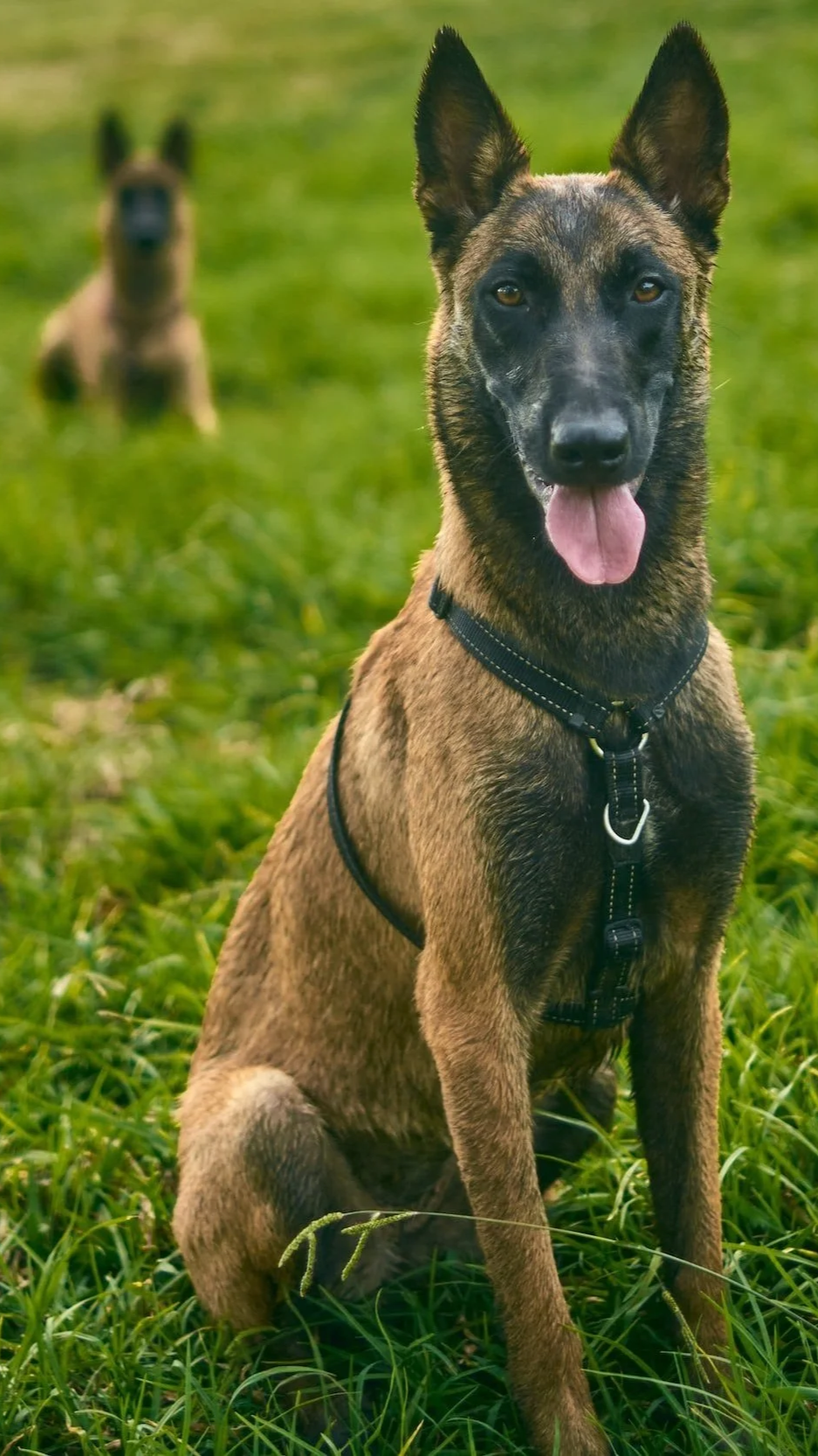Why we play games (and why they work!)
No matter their size, breed, age, or backstory, every dog has a brain that can be shaped. And reshaped.
Dogs’ brains are made up of a lot of building blocks.
In human learning, we call these ‘soft skills’ — communication, adaptability, teamwork, problem-solving. In dogs, we call them concepts — the brain-based building blocks that shape behavior.
Through games, we grow these concepts just like we build emotional intelligence in ourselves.
They are not so different in dogs! Each concept is fluid and teachable through the games we play.
Shaping these concepts helps your dog build real-life readiness — the calm confidence to navigate the world while keeping their individuality and quirky personalities that we love so much. It’s like we get to keep all the good things about your cute dog and take away the chaotic behaviors that cause frustration, disappointment, anxiety and anger (in you AND your pup!). This is what we call turning Chaos to Calm for your cute but chaotic pup.
It’s different than pure obedience training. Obedience training teaches a dog to comply with a verbal or physical movement “command” or “cue” like “sit”, down”, “come” and “stay”. The dog relies on a human to give a specific verbal or physical cue which signals the dog to do a specific action. And that should be repeatable. However, relying only on obedience training can cause behavior to fall apart when life gets real.
How Games Shape Behavior
At Casa Luna Canines, our focus is on brain work and behavior (some call it behavior modification or even B-Mod, if you’re into the whole brevity thing… ;-) ). Brain Work & Behavior games help the dog learn to adapt and respond to any given context or situation without the need for commands. It’s more like teaching your dog to make the right choice in real life — even when you’re not there. We train the brain.
Each game is like an individual ingredient that targets a different building block of the brain — focus, calmness, confidence, flexibility — and together they form your dog’s unique recipe for success.
Your growing awareness of your dog will help you tweak each game as your relationship deepens.
We call them games, rather than “training” because honestly, it keeps learning fun for both you and your dog — and we find people interact with their dogs more often throughout the day if you are both enjoying the experience and having fun. Games can be played for 2 to 3 minutes just a couple times a day and worked into your real-life schedule easier than long training sessions.
Games help your dog become ready, willing, and able to handle real-life situations — instead of trying to manage or correct behavior in the middle of a meltdown. We can simulate real situations without all of the chaos and distraction. Instead of trying to teach your dog when they are overly excited, fearful or too frustrated, we help them grow their ability to adapt, leading to the vision you had when you first got your dog.
Our goal is to help you create your own training map, based on our BASICS FRAMEWORK, so that your lasting changes can be applied when you’re busy living.
Obedience isn’t useless, it’s just incomplete. It teaches skills, not emotional readiness. A perfect SIT won’t help your dog feel safe around other dogs. And yelling “heel” isn’t’ useful if your dog bolts after a bunny.
Those are obedience commands. In order for obedience cues to work effectively, you have to train them in almost every environment and situation, over countless hours so your dog can learn to generalize the actions.
The problem is, they still don’t address the underlying emotional issues your dog is facing — the very things that make it hard for them to listen.
“Our goal is to help you create a training framework that achieves long lasting results that are applied to real life situations.”
A human equivalent example:
Imagine a child after they’ve eaten 3 pieces of cake, 1 pixie stick and had 4 glasses of sugary soda. You tell them to calm down and sit quietly on a bench while you talk with an adult friend.
Probably not going to work.
Have you watched, or been, a parent who tells your kid “no” when they want a treat at the store? Does it work? Does the child automatically think “oh, okay, that’s fair. I’ll just sit here and behave…”
I’ve not seen that!
It’s not that the child doesn’t know HOW to sit quietly. It’s that they aren’t in the right frame of mind to control their actions and choices. And, usually there is no reward in complying.
This is the same nervous system principle that applies to dogs — emotions drive behavior, not commands.
Games can be in the moment ways of teaching that keep their brains active and their bodies moving, so that they are more likely to respond to situations appropriately.
We teach the dogs the concepts when they are calm and ready to listen, in an environment with very little distractions. As they learn, we gradually move to environments where there are more distractions, more stimulation, more movement. We help them build and shape their brains rather than just throwing them in to environments and expecting them to Sit/Stay “because I said so!”
Games are so powerful and magical and will help you achieve the dreams you had when you got your dog.
In summary
Games are targeted FUN ways to help shape your dogs brain and behaviors.
Games can be played in short periods throughout the day to help us prepare our dogs FOR situations, not IN the situation.
Games are the individual ingredients that make up the unique recipe of your dog!
Games create a framework for your dog to make the best choices without us having to tell them what to do.
Games build the bridge between brain work and behavior — helping your dog make great choices in real life.



